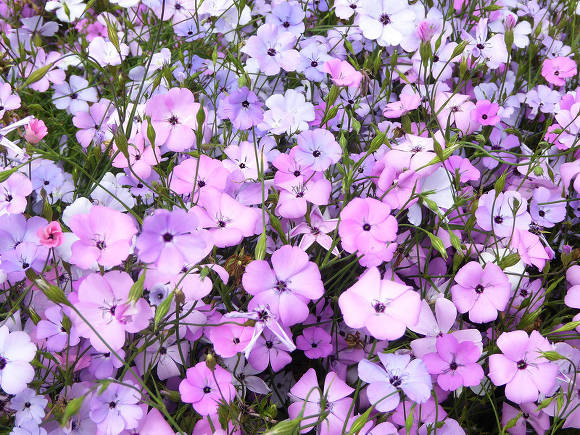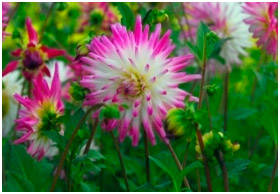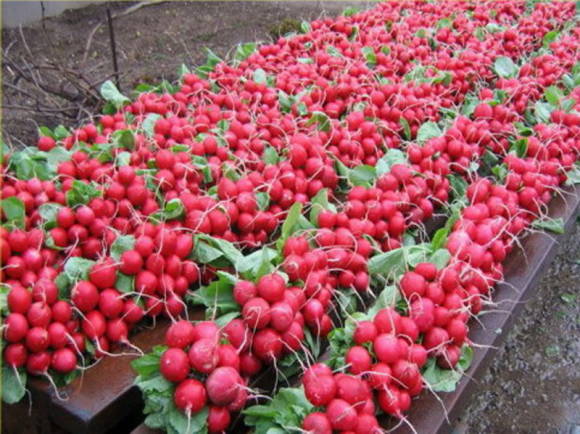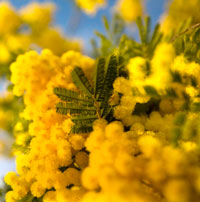
The seeds of this plant are sold under the name Viscaria. (Viscaria oculata), although the plant changed its taxonomic affiliation long ago and now belongs to the smolens. He has a wonderful sonorous name - the heavenly rose, or cellosis. (Silene coeli-rosa)... Belongs to the clove family (Caryophyllaceae).
The homeland of this species is the Western Mediterranean, the Canary Islands. Occurs on wastelands, railroad embankments and riverbeds in humid, grassy places, and spreads wild from gardens.
It has been grown since the Middle Ages, in 1713 it came to Great Britain. But today this plant is almost lost to floriculture. Only recently it has been paid attention to again.
Its lush bloom brings heavenly shades to flower beds and borders, creates a wonderful ensemble with bells and a variety of annuals with large flowers. Suitable for rock gardens, to imitate meadow vegetation. Provides an excellent sweet cut for summer bouquets.
It is an annual plant up to 20-60 cm tall, with straight, smooth stems. Leaves are opposite, sessile, linear-lanceolate, sharp, solid along the edge, with a bronze tint. The flowers are regular, five-petalled, up to 2.5-4 cm in diameter, pink, red, lilac with a white eye or pure white, with chamfered or dissected petals. Collected in terminal, loose, corymbose-paniculate inflorescences. It blooms profusely in June-August, completely covering greenery with flowers and attracting butterflies and bees. Each plant is capable of producing up to 45 flowers at a time! The fruit is a capsule 10-17 mm long, opening at the apex with five denticulate valves.

In terms of structure, the celestial rose resin resembles an agrostemma (see Agrostemma), but it is smaller and does not have pubescence. For a while, she even belonged to agrostemm.
The most common forms with blue flowers.
Blue angel - a more compact variety with a height of 30-45 cm, with blue flowers and bluish foliage.
Growing
Growing conditions... The plant prefers open, sunny places. In the shade, the stems stretch out and lie down, the flowering turns out to be poor.
The soil... The celestial rose resin loves slightly acidic or slightly alkaline soil (pH 6.6-7.8) without moisture stagnation, with good drainage. It is moderately demanding for fertility, in nature it grows even on poor sandy soils and granite slopes, but it blooms better on still rather rich loams.
Watering... The plant is drought-resistant, it needs watering only in severe drought.
Care... During periods of flowering extinction, the plant can be pruned a little and cause a new wave of flowering.

Reproduction
Like any annual plant, the celestial rose resin is propagated by seeds. They are sown for seedlings in early April. Germinated at a temperature of + 15 ... + 20оС. Upon reaching a height of 5-7 cm, the seedlings are dived into individual containers. They are planted in open ground at the end of May at a distance of 15-20 cm. It can be sown directly in open ground at the end of April under a non-woven covering material, protecting it from frost. Plants bloom within 6-8 weeks after sowing and bloom all summer, up to 35 days.







